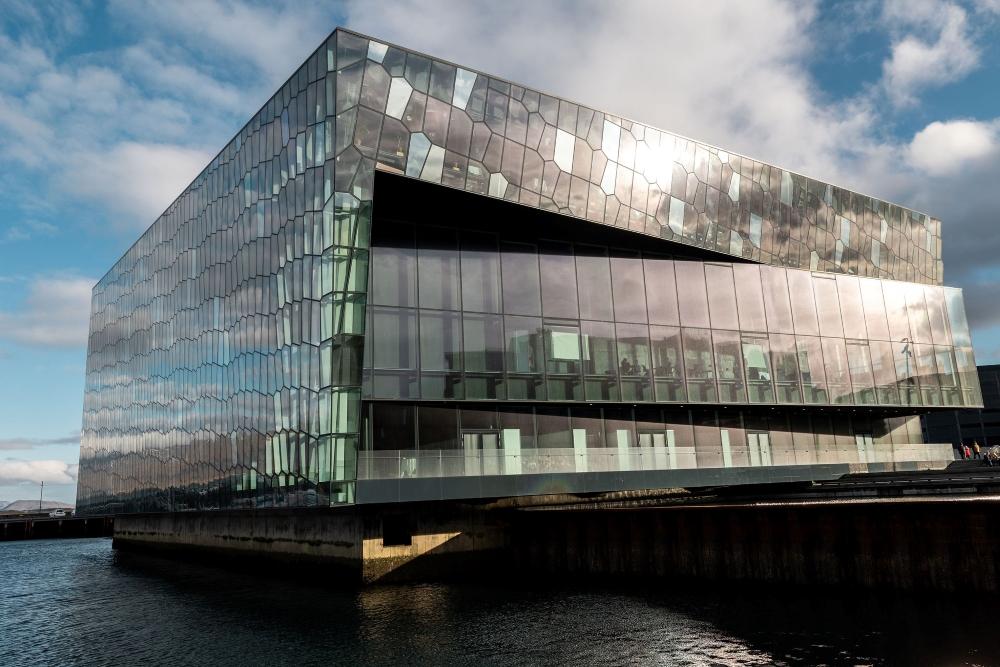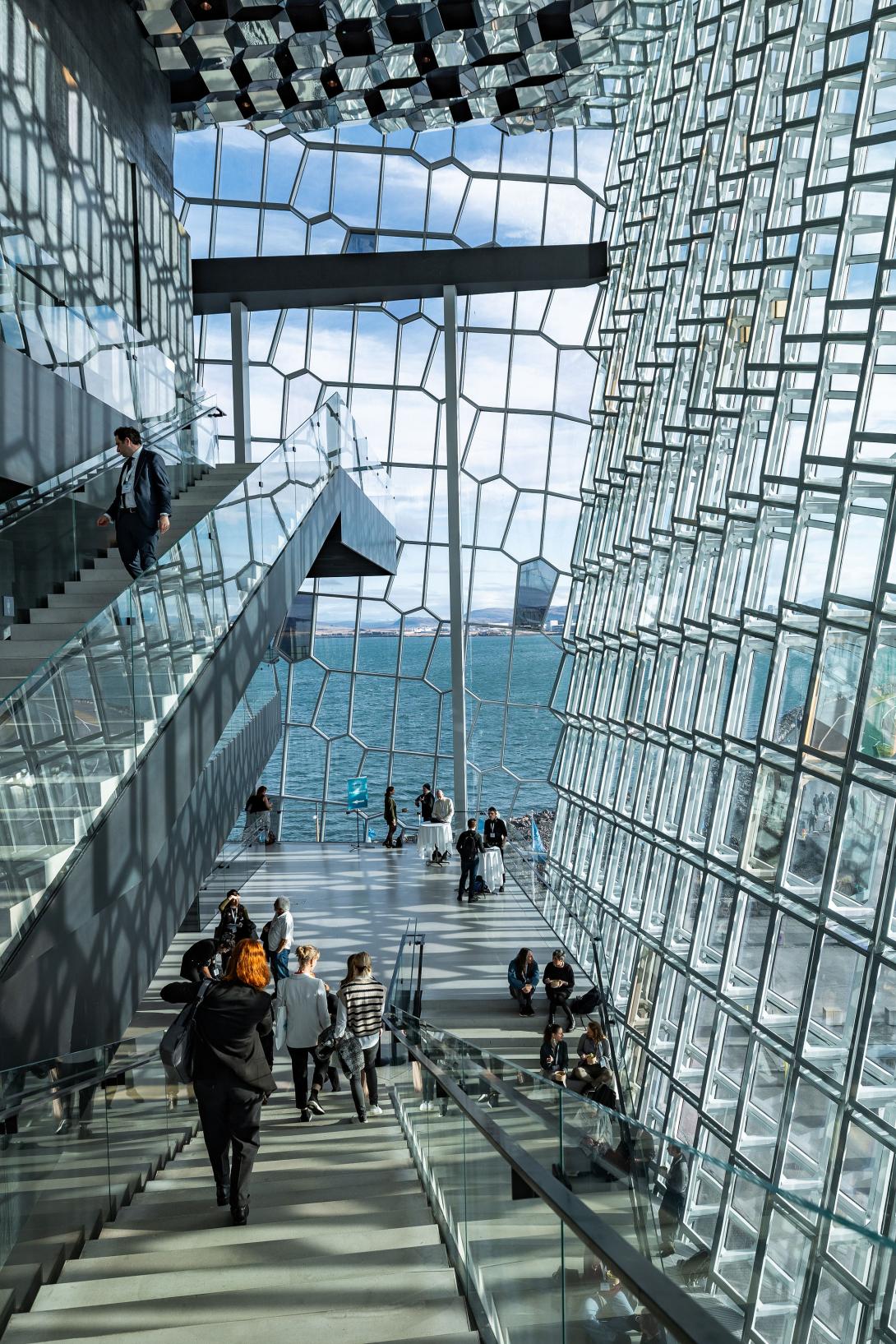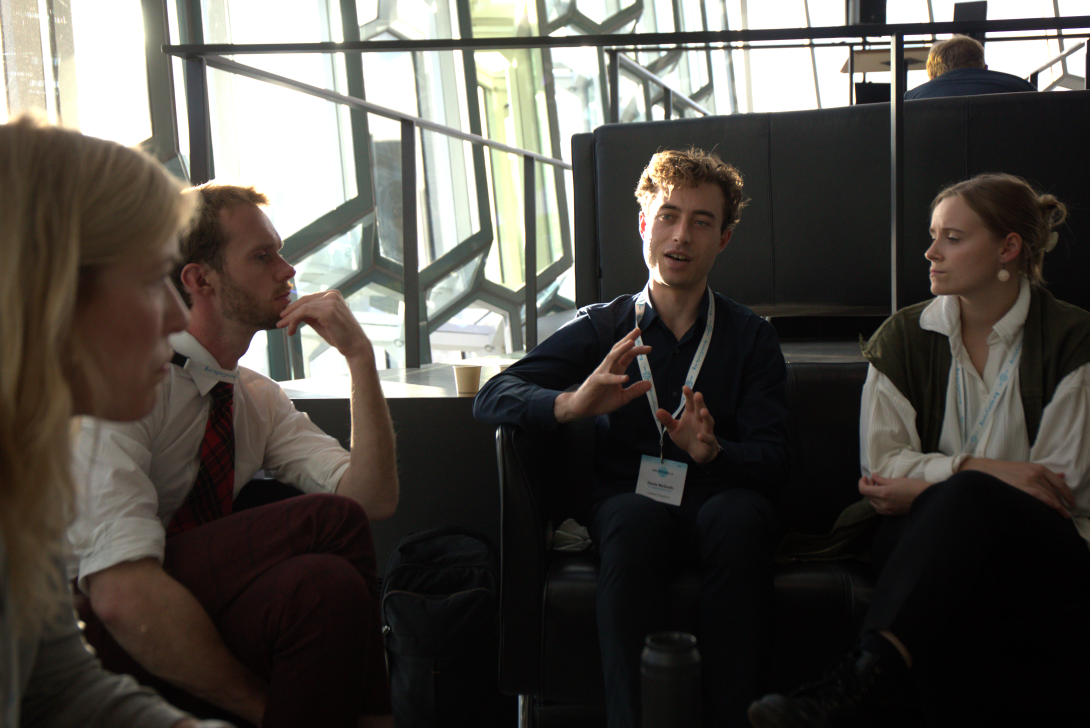
The Arctic Problem: Reflections from the 2023 Arctic Circle Assembly

Protecting the Arctic is vital to addressing the adverse effects of global warming. Indeed, of the climate tipping elements identified in a recent study,1 over half are located in the Arctic and the northern boreal zone. The collapse of bodies such as the Greenland Ice Sheet and Arctic sea ice represent tipping points that contribute to amplified global warming, increased sea level rise, and weakened ocean and air currents. Amidst these clear and present threats to life on Earth, global representatives convened last October in Reykjavík, Iceland, the northernmost capital city, to confront the future of the Arctic.
The 2023 Arctic Circle Assembly brought together a vast global network, ranging from government ministers, indigenous leaders and representatives, youth activists, scientists and entrepreneurs. This diversity of perspectives reflected the urgency and importance of protecting the Arctic. The spectre of climate change loomed large. Citing recent comments from the UN Secretary-General, the Assembly Chair H.E. Ólafur Ragnar Grímsson highlighted that the ‘era of global boiling’ will have dramatic effects on Arctic biodiversity, economic activity, and the lives and livelihoods of indigenous peoples and local communities.
Against this backdrop, the theme of climate intervention was discussed at various panels and informal gatherings. The Centre for Climate Repair partnered with Ocean Visions, a non-profit organisation and Operaatio Arktis, a youth-led science communication initiative, in hosting events throughout the assembly. These events covered the broad array of challenges concerning the preservation and repair of Arctic sea ice, centred mainly on the science and governance. Discussions were contextualised with the release of an assessment of climate interventions in the Arctic and northern regions, led by the University of the Arctic.2 The assessment identified land-based mitigation activities, e.g., afforestation, and atmospheric solar radiation management measures, e.g., marine cloud brightening, as cost-effective interventions, whilst acknowledging their relative risks. The general discourse impressed on me the breadth and depth required in future work on climate intervention, which must couple innovations with robust risk assessments.
The assembly helped place the research conducted at the Centre for Climate Repair into sharper focus. It proved an ideal forum for me to engage in conversations involving a broad spectrum of Arctic-minded people, including social and natural scientists, parliamentary members of the Sámi, and youth participants of polar expeditions. Collating the perspectives from science with those of youth, indigenous peoples, and local communities is vital to climate intervention. Such diversity should be cultivated in the pursuit to protect the Arctic and limit global warming.


1 Armstrong McKay, D. I., Staal, A., Abrams, J. F., Winkelmann, R., Sakschewski, B., Loriani, S., Fetzer, I., Cornell, S. E., Rockström, J., and Lenton, T. M. (2022). Exceeding 1.5°C global warming could trigger multiple climate tipping points. Science, 377(6611). https://doi.org/10.1126/science.abn7950
2 Alfthan, B., van Wijngaarden, A., Moore, J., Kullerud, L., Kurvits, T., Mulelid, O., and Husabø, E. (2023). Frozen Arctic: Horizon scan of interventions to slow down, halt, and reverse the effects of climate change in the Arctic and northern regions. A UArctic Rapid Response Assessment. UArctic, GRID-Arendal, and Arctic Centre/University of Lapland. https://doi.org/10.5281/zenodo.8408608

